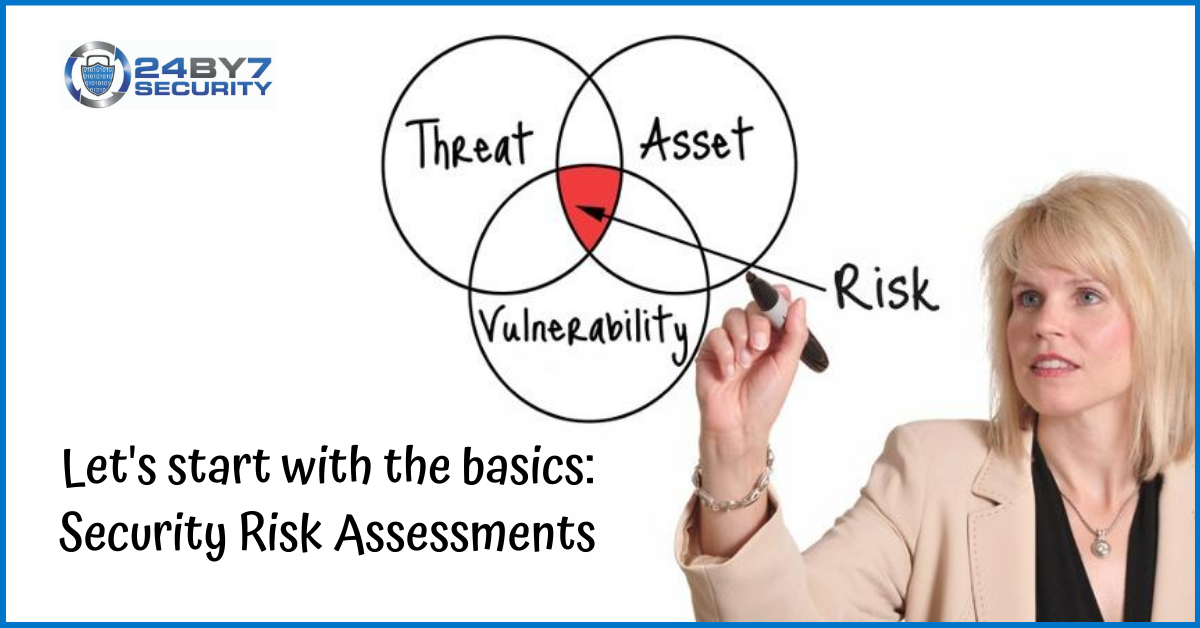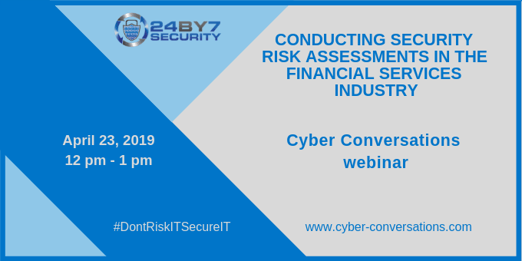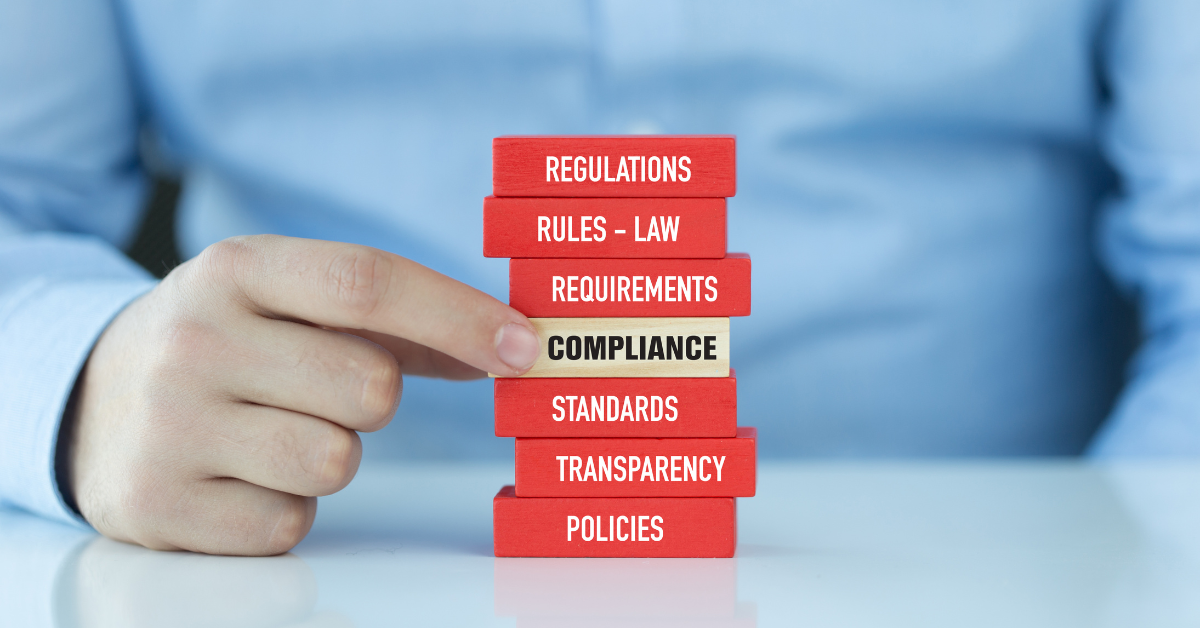Cyber crime is on the rise. New threats and vulnerabilities are discovered every day. Cyber risks are operational risks to information and technology assets. These risks have consequences to the confidentiality, integrity and availability of information or information systems. Cyber threats are not just technological; cyber risks can come from human error and natural disaster error.
As a result, risk management is one of the most critical areas in business today. No company should operate without a comprehensive cybersecurity road map. In this blog, I will touch upon the three basic components of risk management and then discuss in more detail about security risk assessments and how they form the baseline requirement for a Cybersecurity road map.Three Basic Components of Risk Management
- Asset inventory: Identify your assets and evaluate them based on their properties and characteristics.
- Risk Assessment: Identify threats and vulnerabilities that pose a risk to your assets.
- Risk Mitigation: Address the risks identified by transferring, mitigating, or accepting them.
Security Risk Assessment is a Baseline Requirement for a Cybersecurity Road map
Assessing an organization's security risk is a key element of an effective enterprise security strategy. A security risk assessment is essentially an analysis of the issues relating directly to the security threats to your assets. It can help mitigate the impact of a security breach and minimize the possibilities of such a breach happening in the first place. An IT security risk assessment can be an invaluable tool in your discussions with senior management and the Board to justify future spending on your Cybersecurity road map. Click the image below if you want a more in-depth analysis of Security Risk Assessments within the Financial Services Industry.
Four Phases of a Security Risk Assessment
- Preparing the Assessment: When preparing for the assessment, you validate the purpose and scope of the assessment. You also identify the assumptions and constraints associated with the assessment and the sources of information used as inputs to the assessment. The most crucial step is identifying the risk model and analytic approaches to set the right level of expectations for management.
- Conducting the assessment: Once you have prepared for the assessment, you then conduct the assessment. When performing the assessment, a lot of information is identified. The business needs that affect IT and security direction are determined. Assets in scope (i.e., technology information assets) are identified. Each system is defined. The function, paying vendors, users, and kinds of data used, or personal data are identified in each system. During this phase is where threats caused by the systems are identified. Vulnerabilities or weaknesses within the organization are also identified. This phase determines information security risks as a combination of two factors:
-
- Likelihood of a threat exploiting your vulnerabilities, and
- the impact of such exploitation.
-
- Communicate and share the results: After the assessment is conducted, the results of the assessment are shared. The results give you an excellent place to start mitigating the risks that are in your system. In this phase, the information developed in the risk assessment and the results of the entire evaluation is shared. This begins the process of prioritizing remediation actions and developing an action plan.
- Maintaining and updating the assessment: In this phase, you take your results and monitor the risk factors on an ongoing basis and understand the subsequent changes to those factors. It is also essential to monitor remediation actions against the risk of the remediation road map and to update the components of risk assessments reflecting the monitoring activities carried out by the organization.
Security Risk Assessments are critical and vital to the security of your assets. Security Risk Assessments not only help you identify the risks in your system, but also the level of the risks. These assessments help you know what dangers or threats you need to mitigate. This is why a Security Risk Assessment is the baseline of your entire Cybersecurity Road map. You cannot see the direction you need to go in unless you know where you are today.
24By7Security conducts Security Risk Assessments, ensuring a full 360-degree view of your organization. For more information on Security risk assessments, please access our free resources at 24By7Security's free online library. You can also find out more about Security Risk Assessments through our webinar titled "Conducting Security Risk Assessments in the Financial Services Industry."










